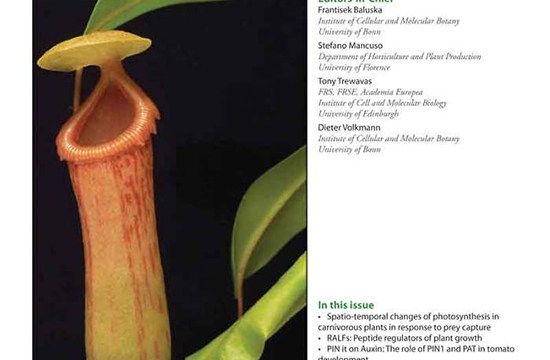linkedin post 2020-10-10 04:50:20
NEW THINKING. "The extant members of the phylum Cnidaria (sea anemones, corals, jellyfishes, and hydras) are widely invoked as proxies for the pre-bilaterian ancestral condition. However, careful examination of cnidarians based on morphology and the deployment of developmental regulatory genes suggests some putative bilaterian "novelties" might be traced to the cnidarian-bilaterian ancestor (CBA)." https://lnkd.in/dph5vzr View in LinkedIn

